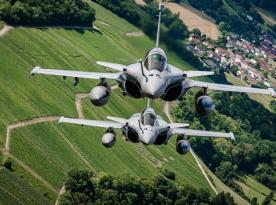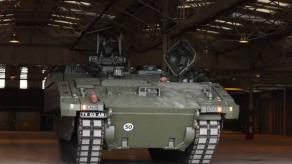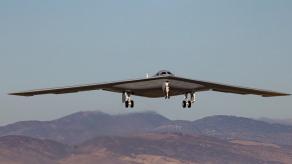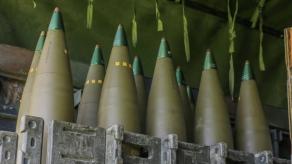Several sources have shown new Ukrainian designs of specialized anti-aircraft drones, which are intended to serve as extremely cost-effective means of destroying enemy UAVs, particularly Shaheds.
Initially, a video featuring these unnamed drones appeared on a Ukrainian Telegram channel. It was also noted that these drones reach speeds of up to 280 km/h, have a warhead of 0.5 kg, and are equipped with automatic target tracking.
Read more: Ukrainian Wild Hornets Workshop Develops a Whole New Weapon to Counter russian Shahed Drones
The second source, which identified the development as being carried out by the Wild Hornets community, was Telegraph. According to the provided information, the anti-aircraft drone called Sting, though the original name might be Ukrainian – "Zhаlo," can accelerate to 160 km/h and ascend over 3 km. It is also equipped with automatic target tracking, but the weight of the warhead is not specified.

Defense Express points out that there are questions regarding the real speed of the Sting, as it is unlikely that the developers would settle on such a parameter. For an anti-aircraft drone, this speed is insufficient because the Shahed-136 flies at 180 km/h.
Moreover, the community has already published footage of high-speed drone tests, with speeds reaching up to 325 km/h. In the freeze frames, it was visible that the UAV in question had a similar configuration. Such a high speed is generally necessary for comfortably intercepting targets like the Shahed.
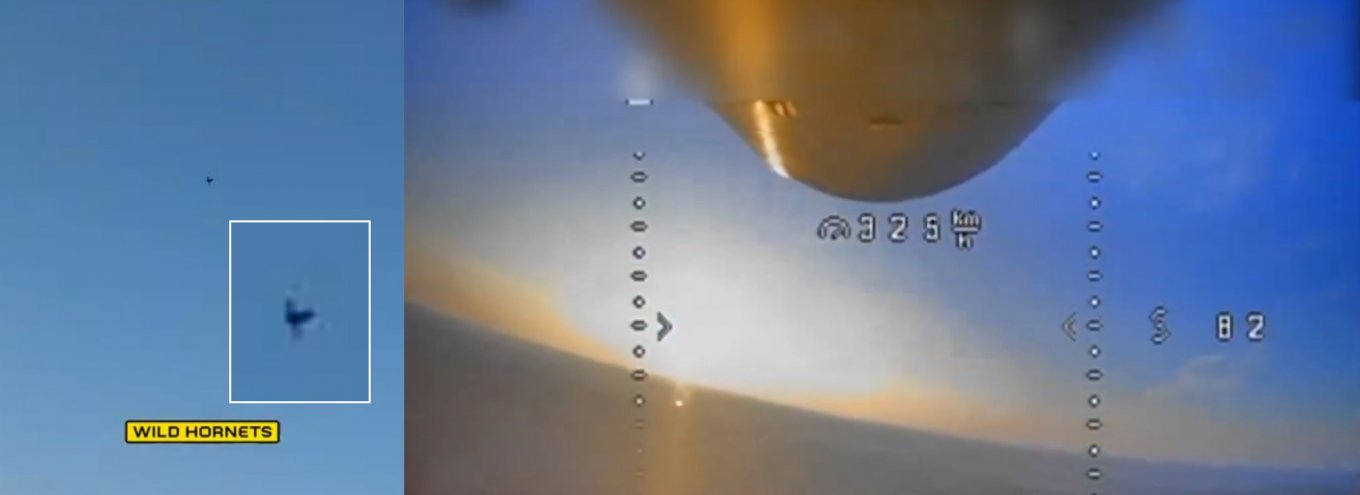
It is noteworthy that both anti-aircraft drones use the same design solution of creating a "missile-like" aircraft. This approach is used in all record-setting high-speed drones, as it is dictated by aerodynamics.
The current speed record belongs to Peregreen 2, created by Luke and Mike Bellamy (father and son) from South Africa. In April of this year, it reached 480.23 km/h. However, the difference between the record-setting drone and a mass-produced combat drone is that the anti-air drone also carries the dead weight of a warhead.
At the same time, Ukrainian developers of anti-aircraft drones have managed to solve the most crucial task. They have clearly created affordable anti-aircraft drones. Currently, the closest comparable model in the West is the two-meter Roadrunner from Anduril, priced at $500,000. Even adding features like machine vision and night cameras won’t significantly raise the cost and will remain economically justified.
Moreover, the auto-targeting system is crucial because it not only counters russian experiments with installing electronic warfare systems on UAVs but also reduces the direct dependence of interception effectiveness on the operator’s skill. The night mode is essential since the enemy launches Shaheds primarily during nighttime.
Read more: 325 km/h: While Ukraine Breaks New Speed Record For Armed FPV Drone, Let's Take a Look at the World's Fastest





